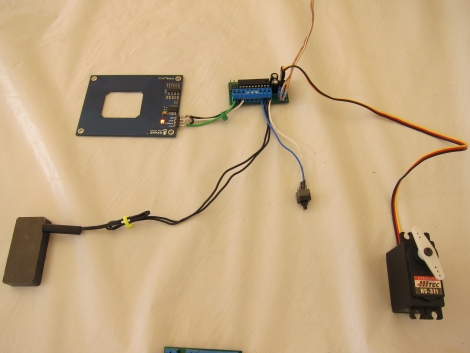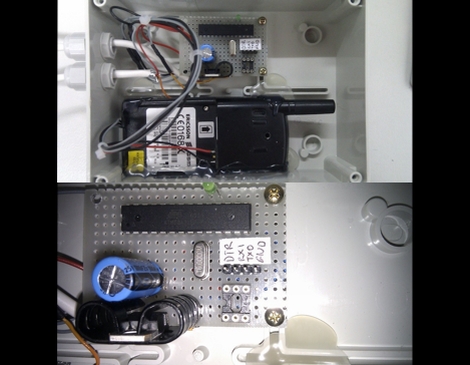One of the first things that [Eric] hacked together when he got to college was an RFID door locking system. He found that he was often in a rush to get in and out of his dorm room, and that using a simple wireless key was a great way to streamline his days.
Over the years, he has refined his design, and while his original prototype was functional, it was a bit rough around the edges. In the video posted on his site, he thoroughly explains how his system was built, and shows off the revisions he has made over time. One key consideration when building this system was the fact that the installation had to be non-permanent. Since schools typically frown on physically altering your rooms, he found a non-intrusive means to mount his system in the way of zip ties and foam board.
His RFID door lock looks to work quite nicely, and we especially like the inclusion of the reed switch to ensure that the system knows if the door has been opened or not. If you have about half an hour to spare and are interested in building an RFID entry system of your own, be sure to check out [Eric’s] video below for all the details.
Continue reading “Easily Movable RFID Door Lock Is Great For Dorm Rooms”

















